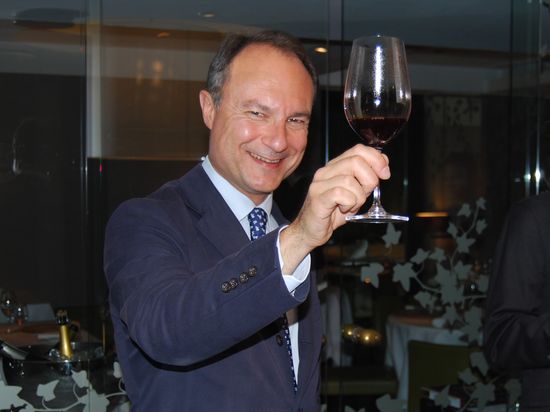The decades-old en primeur system of purchasing wines early before bottling has received a blow from one of the five Bordeaux First Growths. Château Latour is the first major vineyard to break ranks and move away from the traditional system of “wine futures”. Unlike the other Châteaux, beginning with its 2012 vintage Latour will not announce a price in Spring 2013. Instead it will make the wine available to purchase only when the estate considers it is ready to drink. Therefore the Latour 2011 vintage will be the last en primeur available.

Some wine industry commentators say that this news should not have come as that much of a surprise. There have been regular calls for the en primeur system to be changed from consumers and the press. In addition there have been indications that Latour has fallen out of love with the system. Château Latour has gradually removed négociants from its sales list and reduced allocations in recent years, selling less and less wine as futures. The General Director, Frederic Engerer, has also increased the inventory being sent to America and hired additional employees for public relations and brand representation. That said the reality of a major estate’s decision to abandon the en primeur system altogether has put the Latour cat among the Bordeaux traditionalist pigeons. Some say that this is the first significant crack in the en primeur fortress and may well herald its eventual downfall.
So why did Latour do it in the first place, and why indeed were they the first?
Engerer said that it was a result of wanting to have more control over the wines stored at the Château and who it was sold to, rather than relying primarily on the Place de Bordeaux and négociants to do the bulk of the marketing and sales for the estate. He said:
 “This is something that I wanted to do for quite a while. Generally, we’re concerned by the fact that our wines are drunk too young. We believe it is our duty, especially for a long-aging wine such as Château Latour, to be more concerned of that problem. We think this new commercial rhythm is in line with a growing demand from wine amateurs to be able to acquire wines that reach a ‘drinkability phase’ and that have been kept in perfect conditions in our cellars.”
“This is something that I wanted to do for quite a while. Generally, we’re concerned by the fact that our wines are drunk too young. We believe it is our duty, especially for a long-aging wine such as Château Latour, to be more concerned of that problem. We think this new commercial rhythm is in line with a growing demand from wine amateurs to be able to acquire wines that reach a ‘drinkability phase’ and that have been kept in perfect conditions in our cellars.”
The reference to ‘perfect conditions’ addresses the fact that their wines can suffer in transit and in storage, particularly when going to the Asian markets, potentially damaging the wine’s reputation.
Château Latour wines will still be made available through the Place de Bordeaux, and the new release sequence will typically be seven years after the vintage for the estate’s second wine, Les Forts de Latour, and ten to twelve years for the grand vin (although that will always depend on the vintage). The estate’s third wine, the Pauillac de Château Latour, has always been released several years after the vintage and will continue to be released on that pattern.
Assuming the wines of Château Latour continue to appreciate in value the vineyard stands to make more money by keeping profits that are currently split with brokers and négociants, as well as shortcutting the sale of older vintages on the secondary market. Because of the estate’s financial muscle they can afford to take the risk of going solo. But there are also risks that the Latour’s wines will go “off radar” and be out of the Bordeaux limelight. However if Latour are going to focus increasingly on the demand for fine wines from Asia then there is sense it what they are doing. The Asian market is keen to buy older vintages but is unfamiliar and slightly suspicious of the en primeur system.
For the time being, however, other châteaux seem confident that their market positions remain secure by selling their wines en primeur. But to know the true effects of Latour’s break, as with a new grape harvest, only time will tell!
